Table of Contents
Interview: Vice Ice Swimming World Champion Yasmine Pliessnig
Many in our community are passionate about ice swimming, so we wanted to take a closer look at the sport. To do this, we interviewed with Yasmine Pliessnig from Vienna, the first woman in Austria to swim an ice mile. Yasmine is also a DLRG lifeguard, runner-up in the 1000m winter swimming world championships, multiple ice swimming world championship participant, trainer, and coach. With this experience, she’s the perfect choice for us to find out everything about ice swimming.
Key Differences Between Ice Swimming and Winter Swimming
Constantin (Eisbaden.de): What is the difference between ice swimming and winter swimming?
Yasmine Pliessnig: If you look at it as a competitive sport, ice swimming starts when the water is under 5°C. Winter swimming allows for slightly warmer water. In ice swimming, more emphasis is placed on long distances, for example, 1,000 meters, although you can also swim shorter distances. Winter swimming tends to involve shorter distances. This makes winter swimming a good way to get started.
Constantin (Eisbaden.de): How did you personally get into ice swimming? Is it mostly competitive swimmers who try it?
Yasmine Pliessnig: It’s actually all over the place; you can find many triathletes in this sport, among others. However, you can say that at the competition level (World Championships), the fast swimmers all come from swimming. It’s easier for me because I come from a swimming background and have the swimming technique and speed. Interestingly, many of my swimming colleagues would never dare to get into ice water!

The Ice Mile – The “Mount Everest” of Ice Swimming
Q: Constantin Eisbaden.de): What would you consider the highest peak you can reach as an ice swimmer?
Yasmine Pliessnig: They say that the 1,600-meter ice mile is the Mount Everest of ice swimming. For me, completing the ice mile and earning the runner-up world championship title are my proudest successes.

How Long Does an Ice Mile Take?
Constantin (Eisbaden.de): Is the Ice Mile just about getting there? How long does it take to cover a mile of ice cream?
Yasmine Pliessnig: You can roughly say that you double your kilometer time, as you naturally use a lot more energy in ice water than in normal swimming. Usually, an athlete attempts the ice mile only once, though there are some who collect them. For example, there is the so-called “Ice-7th,” which means swimming an ice mile on each continent.
Constantin (Eisbaden.de): I would like to talk briefly about your book “Take off your clothes – go into the water”. In it, you describe very impressively how important it is to listen to your body in extreme situations. For example, you describe how you broke off the ice kilometer and threw up.
Yasmine Pliessnig: Health simply comes first. Just because I’ve swum such a distance in ice water once doesn’t mean I can do it every time. It all depends on your form on the day, and even if it’s a difficult decision to stop, you can’t go against your body. But it was 100% the right decision for me at the time. And I still took home a medal from this competition!
Warming Up – The Most Important Part of Ice Swimming
Constantin (Eisbaden.de): I also found it interesting that the warm-up has to go very slowly so that the afterdrop doesn’t happen too abruptly. You also write that warming up is the most important method. How important is warming up?
Yasmine Pliessnig: Warming up is insanely important, if not the most important part of ice swimming. At competitions, of course, it’s very relaxed as you have hot tubs at different temperatures and warm tents. But it’s much more difficult during training. I sometimes wanted to warm up too quickly during training, and this led to dicey situations when I was driving, for example, when I could no longer brake because my foot cramped up due to the muscle contraction when warming up. I also recommend warm drinks or muesli bars (including sugary ones) to give your body a quick and efficient energy boost.
Constantin (Eisbaden.de): What do you eat before an ice swimming competition like this?
Yasmine Pliessnig: It depends on the individual; some like to eat pasta or bread rolls, some muesli. I really like porridge, i.e., oatmeal. Food should be easy to digest and provide plenty of energy.
Ice Swimming Associations and Rules
Constantin (Eisbaden.de): What different ice swimming federations and what disciplines are there? What are the rules?
Yasmine Pliessnig: There are two associations for ice swimming: the International Ice Swimming Association and the International Winterswimming Association. Initially, there was the Winterswimming Association. It had the rule, for example, that you could only swim a kilometer if the water temperature was above 5°C; otherwise, it was too dangerous. Then the Ice Swimming Association was founded, which thought that it was possible to swim a kilometer even if the water temperature was below 5°C. So the big difference is the temperature, which can be lower with the Ice Swimming Association, even for longer distances.
However, both associations have similar safety regulations. You always start in the water, as a head dive would be too dangerous. Greasing is prohibited in both federations as it would be a risk because the participants could no longer be pulled out of the water in an emergency.

Safe Distances for Beginners
Constantin (Eisbaden.de): What advice would you give to novice ice swimmers in terms of distance and competitions?
Yasmine Pliessnig: I would advise beginners to start with a maximum of 200 meters in the first season, then you can slowly work your way up. In the 4th or 5th season, you can also tackle the kilometer. For the ice mile, you should first be able to swim a kilometer well. The technique has to be right, otherwise you won’t have any real propulsion in the cold.
Constantin (Eisbaden.de): Let’s also talk about medical aspects. In your book, you describe the three stages of hypothermia: 1st defense stage with muscle tremors, 2nd exhaustion stage with clouded consciousness, and 3rd paralysis stage. Is hypothermia, i.e., severe hypothermia, an issue in ice swimming?
Yasmine Pliessnig: I have very rarely experienced that. We’ve only ever had to pull out one swimmer who had no strength left and was just rowing on the spot. Of course, your strength diminishes very quickly in the cold. But I’ve never personally seen anyone fall unconscious due to the cold, not even during my time as a lifeguard. At most, it comes to stage 1, but in the vast majority of cases, it’s not bad.
Hypothermia and Diving Reflex
Constantin (Eisbaden.de): Is the diving reflex, that you can’t breathe once your head is out of the water again, often triggered when ice swimming?
Yasmine Pliessnig: I’ve also experienced the diving reflex from time to time, but rather rarely. It can occur in particular if you are not used to putting your head in cold water. The result is that you can’t breathe for a short time. If you surface and realize that you can’t breathe in, simply breathe out – that always works. If you then breathe in, it should work again. The diving reflex is usually just a brief moment of shock. However, you should also train your face or head to be exposed to the cold. I have heard from experienced ice bathers that they had the diving reflex because they are not normally used to putting their head under water.
Constantin (Eisbaden.de): What do you need to know to be able to swim on ice?
Yasmine Pliessnig: The technique has to be right. People who don’t have 100% mastery of their swimming technique sometimes swim the first few laps cleanly. And then they overreach and make mistakes, swimming inefficiently. You notice this very quickly with beginners. With good swimmers, it’s not so easy to recognize that they’re getting tired. And that can also be dangerous, as the second, i.e., the supervisor, has to know his protégé well. This is particularly important for long distances.

Progress for Both Beginners and Advanced Swimmers
Constantin (Eisbaden.de): What are you doing at the moment?
Yasmine Pliessnig: I now give ice swimming courses on Keep on Cooling and on my website, IceSwimmingNow. There you can find me and the courses we offer. We offer programs for both beginners and advanced ice swimmers. Recently, Sonja Flandorfer and I developed a course that combines ice swimming with the Wim Hof Method — exploring similarities, differences, and what each practice can teach us.
Conclusion
Ice swimming is an extreme but rewarding sport that combines physical endurance, mental resilience, and respect for the cold. As Yasmine Pliessnig reminds us, listening to your body and training gradually is the key to success and enjoying the unique challenge of swimming in freezing water.

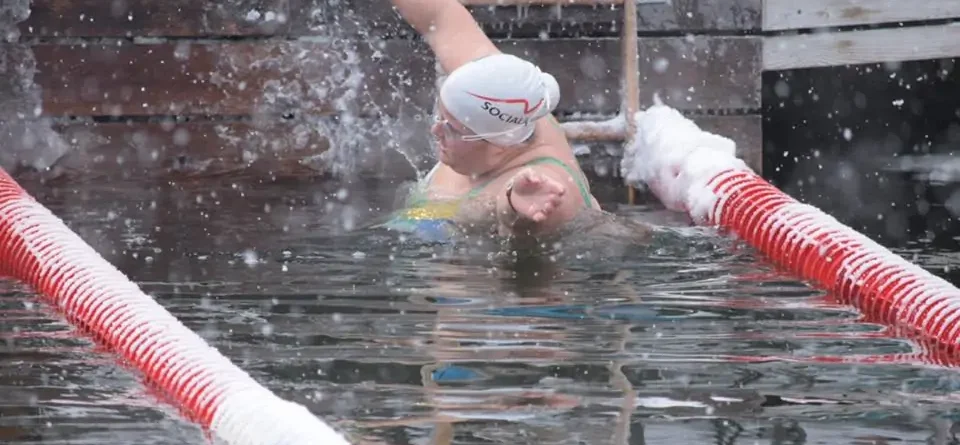
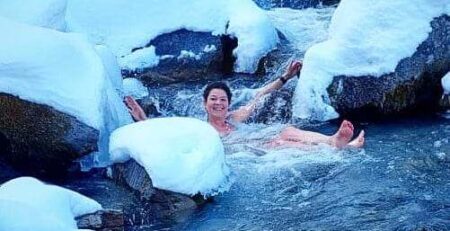
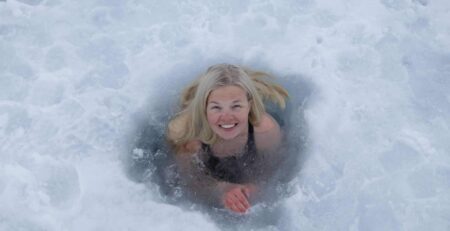
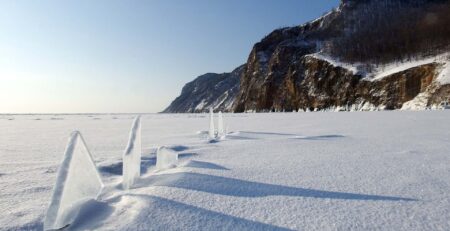
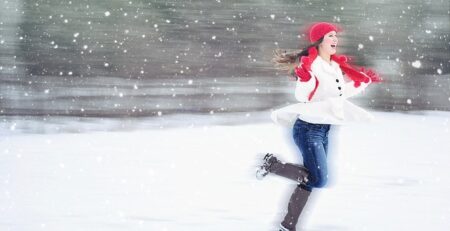
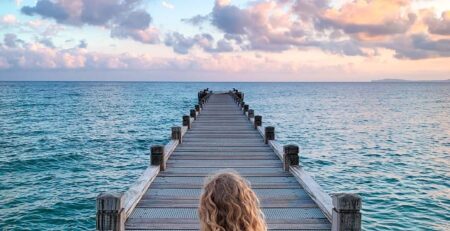
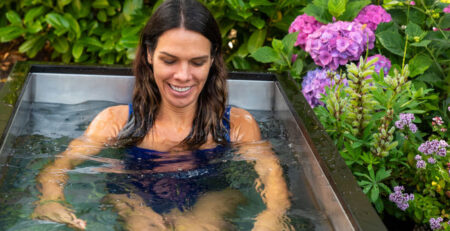
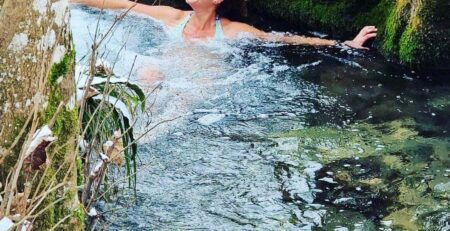


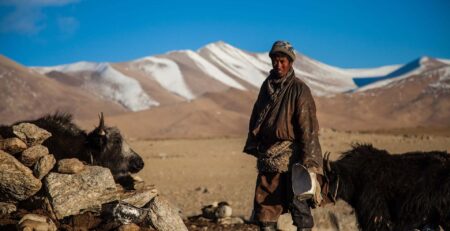
Leave a Reply